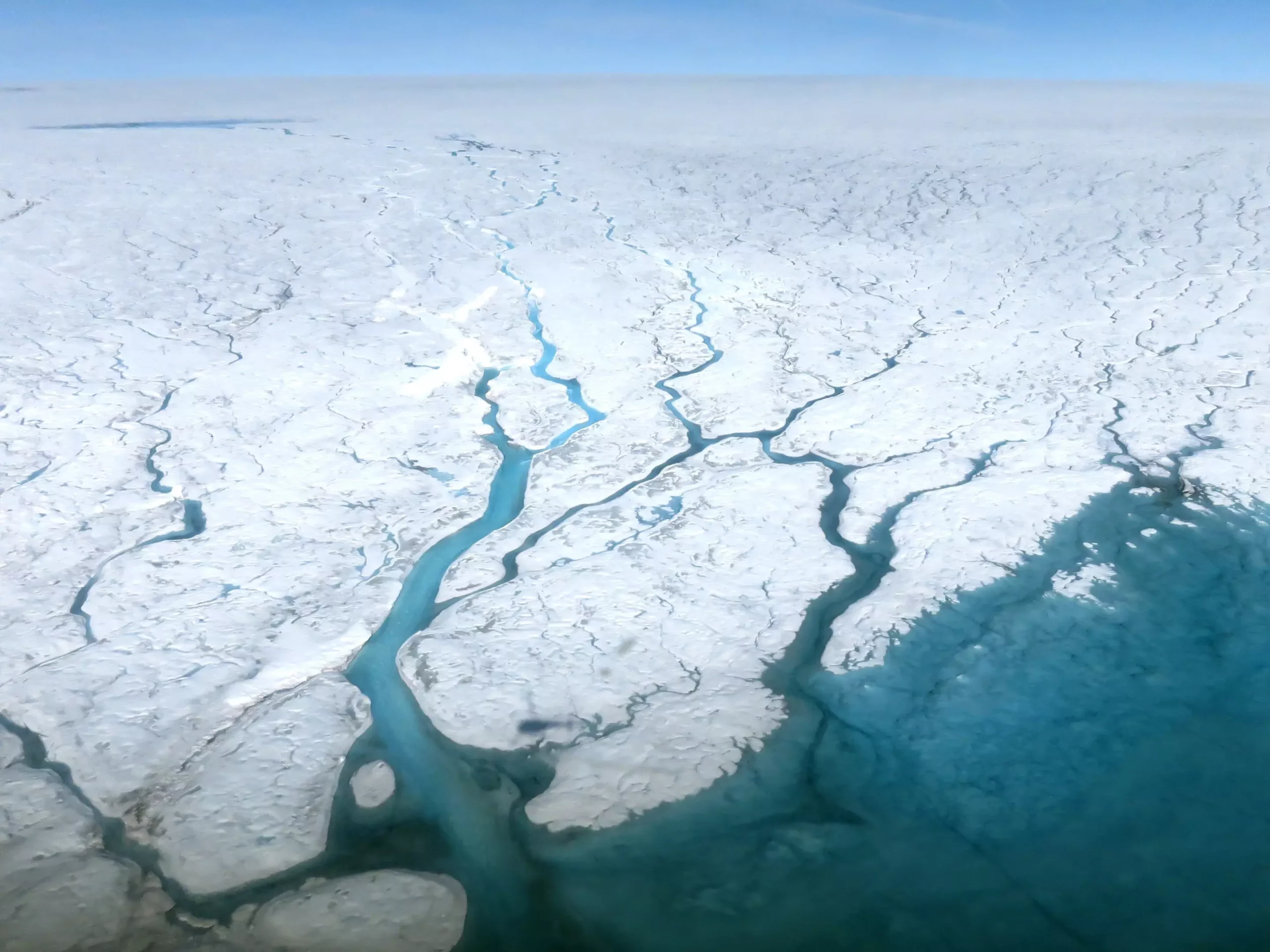As climate change accelerates, monitoring and predicting sea level rise has become a critical scientific endeavor. Among the leading indicators of this phenomenon are the melting ice sheets of Greenland and Antarctica, which serve as the largest repositories of freshwater on the planet. Recent advancements in research have shed light on a previously overlooked mechanism governing the flow and freezing of meltwater within these ice sheets. A collaborative effort led by researchers at The University of Texas at Austin, NASA’s Jet Propulsion Laboratory (JPL), and the Geological Survey of Denmark and Greenland (GEUS) provides fresh insights that could refine our understanding of sea level rise.
At the heart of this research is the study of firn, an intermediate state of snow that contains both air and ice. Found atop the Greenland and Antarctic ice sheets, firn plays a crucial role in how meltwater is managed within these vast ice bodies. Traditionally, it has been assumed that when snow melts, this water would percolate through the porous firn and perennially re-freeze, acting as a buffer against substantial meltwater runoff. However, researchers are discovering that scenarios where impermeable ice layers form beneath the surface could lead to increased rates of meltwater flowing directly into the ocean. These findings raise critical questions about the complexities of meltwater dynamics and their implications for global sea level predictions.
The research, led by graduate student Mohammad Afzal Shadab, points to a dual process within the firn: the flow of warmer meltwater descending through the porous snow (advection) interacts with colder ice layers freezing the water (heat conduction). The intricate balancing act between these two forces determines the depth at which impermeable ice layers can develop. This new understanding positions ice layer formation as a pivotal factor that influences whether meltwater will be sequestered within the firn or allowed to flow outward to the ocean.
To validate this innovative hypothesis, the team conducted comparisons with data collected from a specific drilling site in Greenland from 2016. Equipped with an array of thermometers and radar instruments, prior studies showed discrepancies in hydrological models. However, the new mechanisms illustrated by Shadab and his colleagues successfully aligned with observed data, reinforcing the legitimacy of their findings. This connection between theoretical models and empirical evidence enhances the credibility of their approach and suggests that existing models may have oversimplified the dynamics of firn.
An intriguing aspect of this study is its revelation that the location of ice layers can provide a chronological record of the thermal conditions during their formation. As climate patterns shift, deeper layers of ice within the firn indicate historical warming events, while layers forming closer to the surface align with cooler climatic conditions. This relationship offers a valuable lens through which we can retrospectively assess how past climate variations have influenced current ice dynamics.
Current estimates highlight that Greenland’s contribution to sea level rise significantly exceeds that of Antarctica, with approximately 270 billion tons of water being discharged into the sea each year. The dual potential of these ice layers to either trap meltwater or channel it towards melting further complicates projections for future sea level rise. With estimates fluctuating between 5 to 55 centimeters by 2100, it is evident that improved models that integrate the new findings are essential for making accurate predictions in the scientifically complex arena of climate impacts.
Research in polar dynamics is increasingly vital as climate change continues to alter our global landscape. The insights gained from this study not only enhance our comprehension of how ice layers function but also signal a need for urgent refinement in predictive models regarding sea level rise. As Shadab aptly noted, underlying complexities have often been neglected in current scientific paradigms. Understanding the interactions within firn will be fundamental for future climate models and decision-making processes, reaffirming the importance of continued research in this critical field. The new findings contribute significantly to a broader understanding of our changing planet, urging stakeholders to stay proactive in the face of impending climate challenges.


Leave a Reply